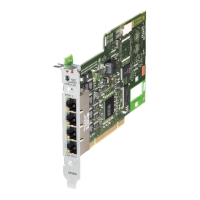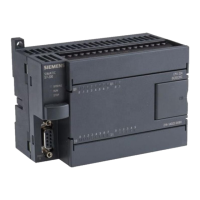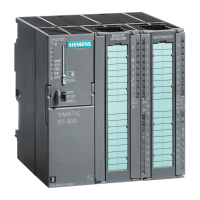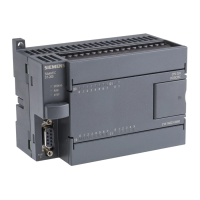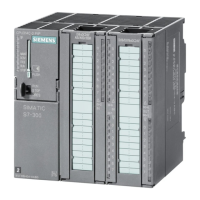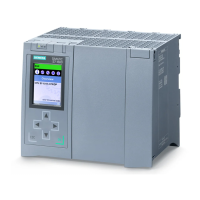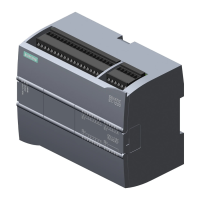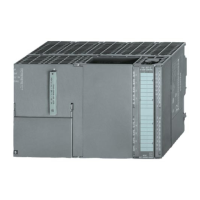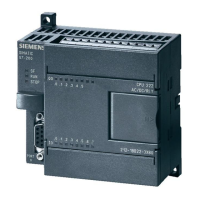Configuration
4.9 Data points
CP 1243-1
Operating Instructions, 12/2016, C79000-G8976-C365-02
75
●
In every cycle, the values of a certain number of unsolicited write jobs are written to the
CPU. The number of values written per cycle is specified for the CP in the
"Communication with the CPU" parameter group with the "Max. number of write jobs"
parameter. The values whose number exceeds this value are then written in the next or
one of the following cycles.
●
This is the waiting time between two scan cycles. It is used to reserve adequate time for
other processes that access the CPU via the backplane bus of the station.
Duration of the CPU scan cycle
Since no fixed time can be configured for the cycle and since the individual phases cannot
be assigned a fixed number of objects, the duration of the scan cycle is variable and can
change dynamically.
Process image, type of transmission, event classes, triggers
Saving the data point values
The values of data points are stored in the image memory of the CP and transferred only
when queried by the communications partner.
Events are also stored in the frame memory (send buffer) and can be transferred unsolicited.
Data points are configured as a static value or as an event using the "Type of transmission"
parameter (see below):
●
Transfer after call: No event / static value
Static values are entered in the image memory (process image of the CP).
●
The values of data points configured as an event are also entered in the image memory
of the CP. The value of the event is sent unsolicited to the communications partner if this
function is enabled by the master.
The values of events are also entered in the send buffer of the CP.
The image memory, the process image of the CP
The image memory is the process image of the CP. All the current values of the configured
data points are stored in the image memory. New values of a data point overwrite the last
stored value in the image memory.
The values are sent after querying the communications partner, see "Transfer after call" in
the section "Types of transmission" below.
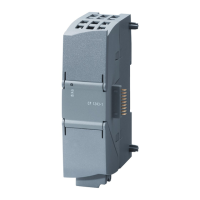
